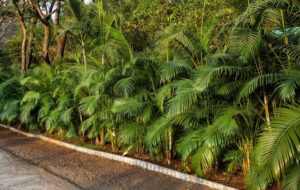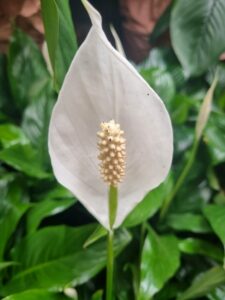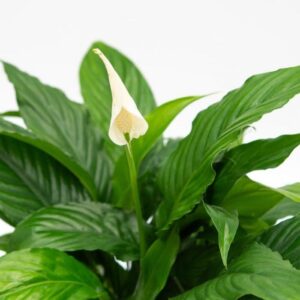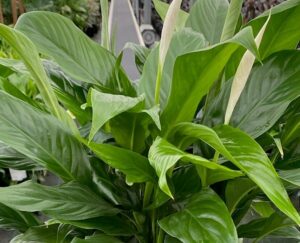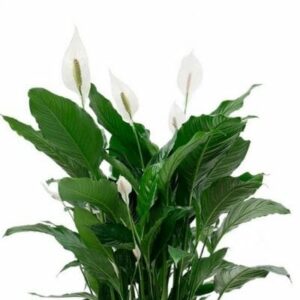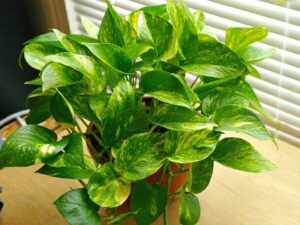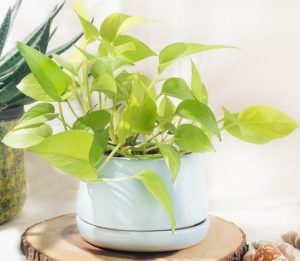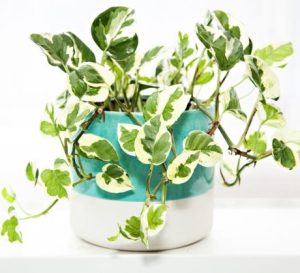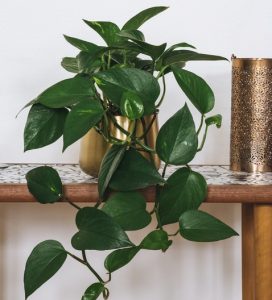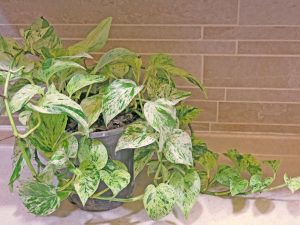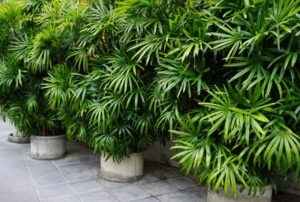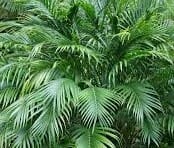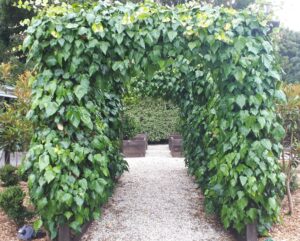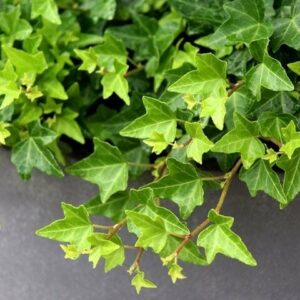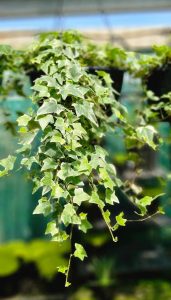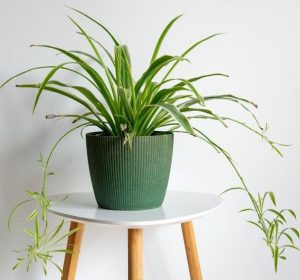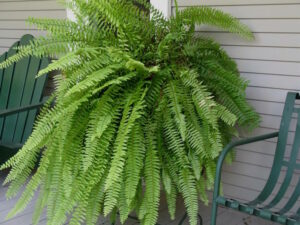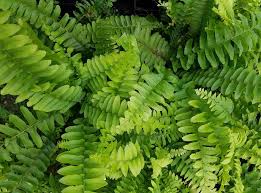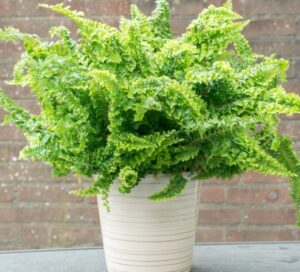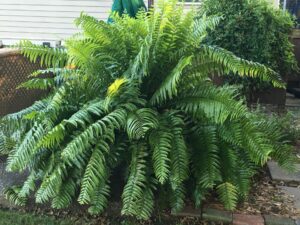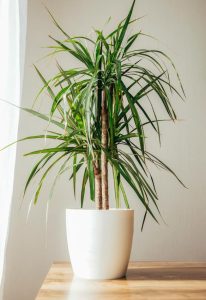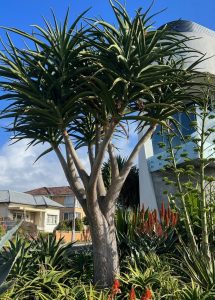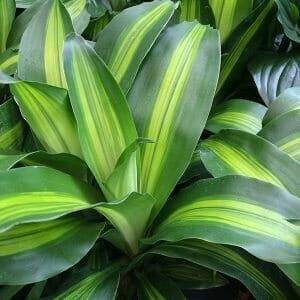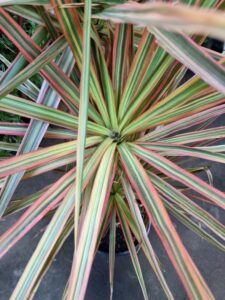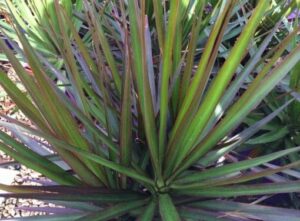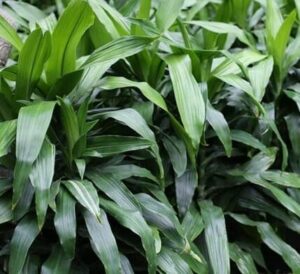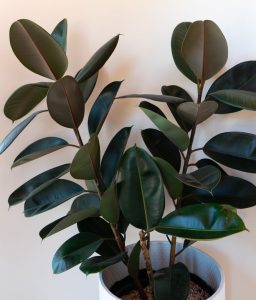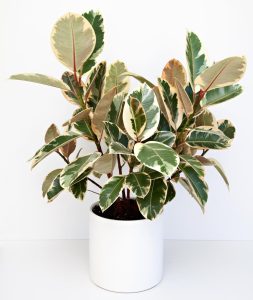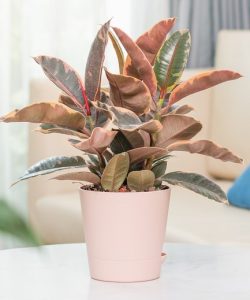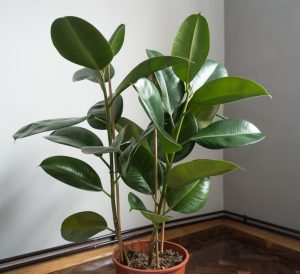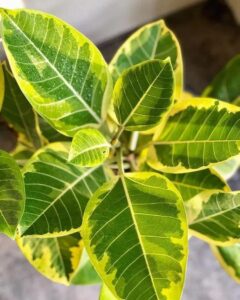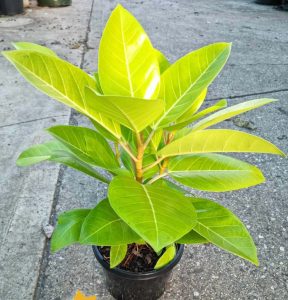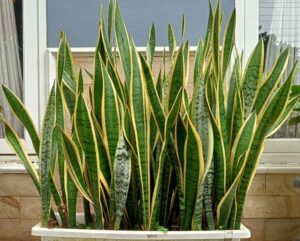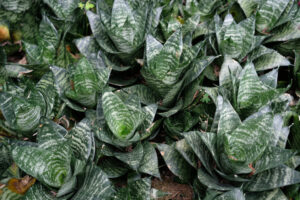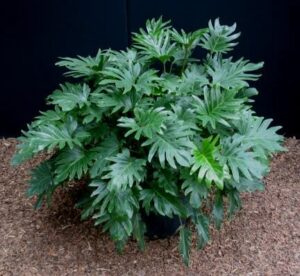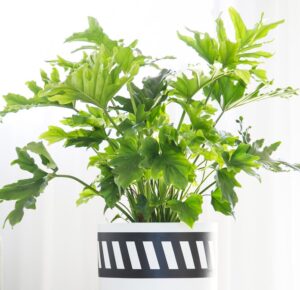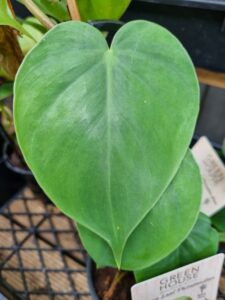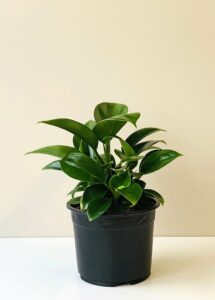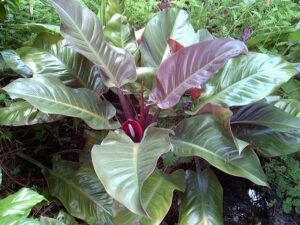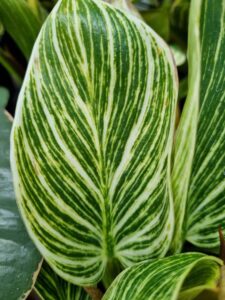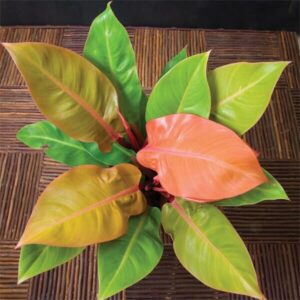
Top 10 Indoor Air Purifying Plants!
Indoor Plants: Air Purifying Edition
Are you looking to purify the air in your home? Reduce toxins? Then check out this list of Air Purifying Indoor Plants that made the list on NASA’s Clean Air Study. Keep in mind that you need to have one plant for every 10 square metres to achieve this! Sounds like a good excuse to expand your indoor plant collection (shhh, we won’t tell anyone!)
Golden Cane Palm

The Golden Cane Palm grows up to 2 meters indoors and will provide lush green foliage and gorgeous gold-coloured bamboo stems! They like good drainage and nice bright light. Due to being a palm and more on the tropical side, they will do better in moody Victoria when indoors as they need warmer temperature and humidity, all of which Melbourne fails to provide most of the time.
Toxins removed: benzene, carbon monoxide, formaldehyde, trichloroethylene, xylene.
Peace Lily

Looking for a painless, straightforward and sometimes theatrical indoor plant that will give you lush green foliage with unique white flowers? Look no further! The Peace Lily is the one for you. They can handle low to brightly lit areas and are simply happy with weekly watering. They’ll tell you when they need it, they can be quite the drama queen. They are one of the most efficient air cleaners and, even better, they are super pretty and undemanding!
Toxins removed: benzene, carbon monoxide, formaldehyde, trichloroethylene, xylene
Devil’s Ivy Pothos

This toxin remover is an easy to grow indoor plant that can be trained up a pole or hanging down in a vine-like habit. The Devil’s Ivy or Pothos like protection from the sun. So that’s good news for those of you in a house that’s never heard or seen bright light!
Pothos only need watering when the soil feels dry but they can also benefit from the occasional misting or humidifier. A real good beginner’s indoor plant we say!
Toxins removed: xylene, benzene, formaldehyde and trichloroethylene.
Lady Palm
Finally! An indoor plant that can handle the cold and dramatic ups and downs of Melbourne’s weather (unfortunately some of us are not so lucky). The Rhapis Lady Palm is a great way to bring the thick, green foliage inside while purifying your air! They are quite slow-growing, so they can stay in the same pot for long periods of time. Perfect for the lazy plant parent!
Toxins removed: ammonia, formaldehyde and xylene
Bamboo Palm
Let’s take a step back in time and look at the Bamboo Palm, which was a favourite in Victorian-era houses. Imagine if a palm and bamboo had a love child – this is what you’d get, which we love! It prefers to be in an indoor position with bright, warm, indirect sunlight and can grow to a whopping 3 meters tall! It likes moist, well draining soil.
Toxins removed: benzene, formaldehyde and trichloroethylene
English Ivy

Ladies and Gents, we have a winner! The Hedra English Ivy was voted one of the best air purifier indoor houseplants by NASA. Commonly seen growing outdoors, English Ivy also looks great indoors in hanging baskets or small pots, looking elegant whilst purifying your air at the same time! We love a multi-tasker. They’re super easy to propagate too!
Toxins removed: benzene, formaldehyde, xylene and toluene.
Spider Plant
If you have some questionable plant care history that you would prefer to not discuss when it comes to indoor plants and needs something easy to start new (it’s okay, we won’t judge) – then the Spider Plant is a perfect choice for plant newbies or the recently reformed! They thrive in indirect light and can handle lots of conditions. Its leaves hang gracefully down, producing little white clusters of flowers on long stems. Watch these little fellows as they eventually turn into little baby spider plants!
Toxins removed: formaldehyde and xylene.
Boston Fern

Boston Ferns! Easy to grow, beautiful fronds and did you know they’re also a toxin remover too! These bad boys can get up to 1m in height and width when they are doing their best – crazy right?! To achieve this, keep them away from direct sunlight and keep the soil moist. To keep them even happier, they love a good misting to create some humidity.
Toxins removed: Mainly formaldehyde but also filters out toxins like ammonia, benzene and xylene
Dracaena

The Dracaena looks like a mini tree or palm and works beautifully as a tall feature plant! Bring the outdoors in, we say! It is a high performing air filter that is hardy and quite tolerant to most common plant diseases. However, they do have one weak spot (like most of us right?) and are not a fan of overwatering as it can cause root rot.
They prefer indirect sunlight but never direct sunlight!
Toxins removed: Trichloroethylene, benzene, xylene and toluene
Rubber Plant

Last but certainly not least! The robust Rubber Plant! A lover of bright, indirect light so keeps it away from those Northern and Western windows! Grow in a pot indoors and water weekly in Summer or every 2 weeks in Winter. While it is not top of the list for air purifiers, it is certainly one of the most aesthetic looking ones that everyone should have regardless!
Toxins removed: xylene, benzene, formaldehyde and trichloroethylene
Snake Plant/Mother-in-Law’s Tongue
Mother-in-Law’s Tongue or Snake Plant produces upright sword-shaped leaves that are deep green, thick, succulent and patterned with bands of cream, yellow.
They are sensitive to cold so can only be grown outdoors in warmer climates where they will grow in full or part sun and tolerate heat and neglect. The interesting foliage makes them useful as feature plants, they are often grown in low water and low maintenance gardens, in pots along borders and edges.
In cooler climates, they can be grown indoors either alone or with other indoor plants with contrasting foliage. They prefer bright indirect sunlight but will tolerate lower light levels.
Toxins removed: formaldehyde, trichloroethylene, benzene and xylene.
Philodendron

Philodendron care is easy because if you watch for the signals, the plant will tell you exactly what it needs. Even inexperienced houseplant owners will have no trouble growing philodendron plants because the plants adapt readily to conditions inside the home. This makes learning how to care for a philodendron incredibly simple. There are so many beautiful varieties to choose from!
Now while we know we’ve taught you a lot about air-purifying plants, the one thing we hope you take away from this is that you should buy yourself a new indoor plant! – Treat yo’ self! – and if anyone asks, it’s for the good of Earth, you know, purifying the air and all! 😉
Here are some more articles you may like:
Sign up for our newsletter below
We will send you gardening tips, great deals, and exclusive giveaways. Happy Gardening!



